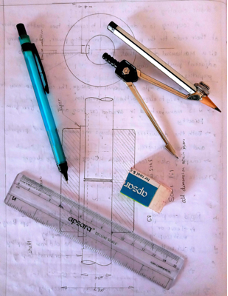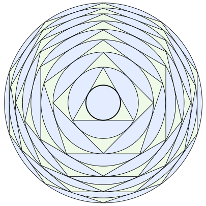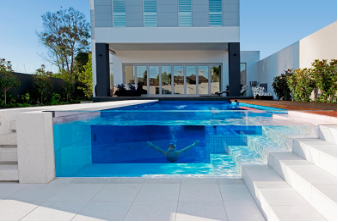Course Essential Questions: How do I become a mathematical problem solver to better understand the world around me? In what ways can I communicate and represent my mathematical thinking?
|
Foundational Topics |
|
|---|---|
| Image |  |
| Focus of the Story | How do we classify and quantify geometric figures? We start our year using a pencil, straightedge, and compass to create lines and geometric shapes. We also learn the logical framework to use geometric properties to justify arguments. |
| Transfer | Analyze: Investigate, formulate, and construct viable arguments by taking risks, persevering, and thinking flexibly. |
|
Learning Targets |
I can utilize logic to construct and judge the validity of a logical argument. |
|
Triangles |
|
|---|---|
| Image |  |
| Focus of the Story |
How do triangles and their properties form the fundamental building blocks of the physical world around us? Next, we discover new properties by constructing and comparing triangles using the foundational topics. We then apply the new properties to solve authentic applications such as GPS and Land Surveys. |
|
Transfer Goals |
Explain: Communicate mathematical thinking by justifying solutions using multiple representations while attending to precision. |
|
Learning Targets |
I can solve problems involving triangles utilizing their properties. |
|
Polygons and Circles |
|
|---|---|
| Image |  |
| Focus of the Story | How do we leverage our knowledge of triangles to extend our understanding to more complex shapes? Next, we quantify and visualize real world phenomena such as earthquakes and sea level change. We utilize our understanding of geometry to better understand the phenomena by making predictions or drawing conclusions. |
| Transfer | Explore: Make sense of the world mathematically by asking questions and making connections through inquiry. |
|
Learning Targets |
I can differentiate between the types of quadrilaterals and apply their properties to solve real-world problems. |
|
3-D Figures |
|
|---|---|
| Image |  |
| Focus of the Story | What new discoveries and understandings are required to better quantify the world in three-dimensions? Lastly, we dive into the different 3-D shapes in order to analyze and apply their properties to practical situations such as architecture, construction, or landscaping. |
| Transfer | Apply: Utilize effective strategies, processes, and tools to model new situations and/or real world experiences. |
|
Learning Targets |
I can solve practical problems involving surface area and volume. |
